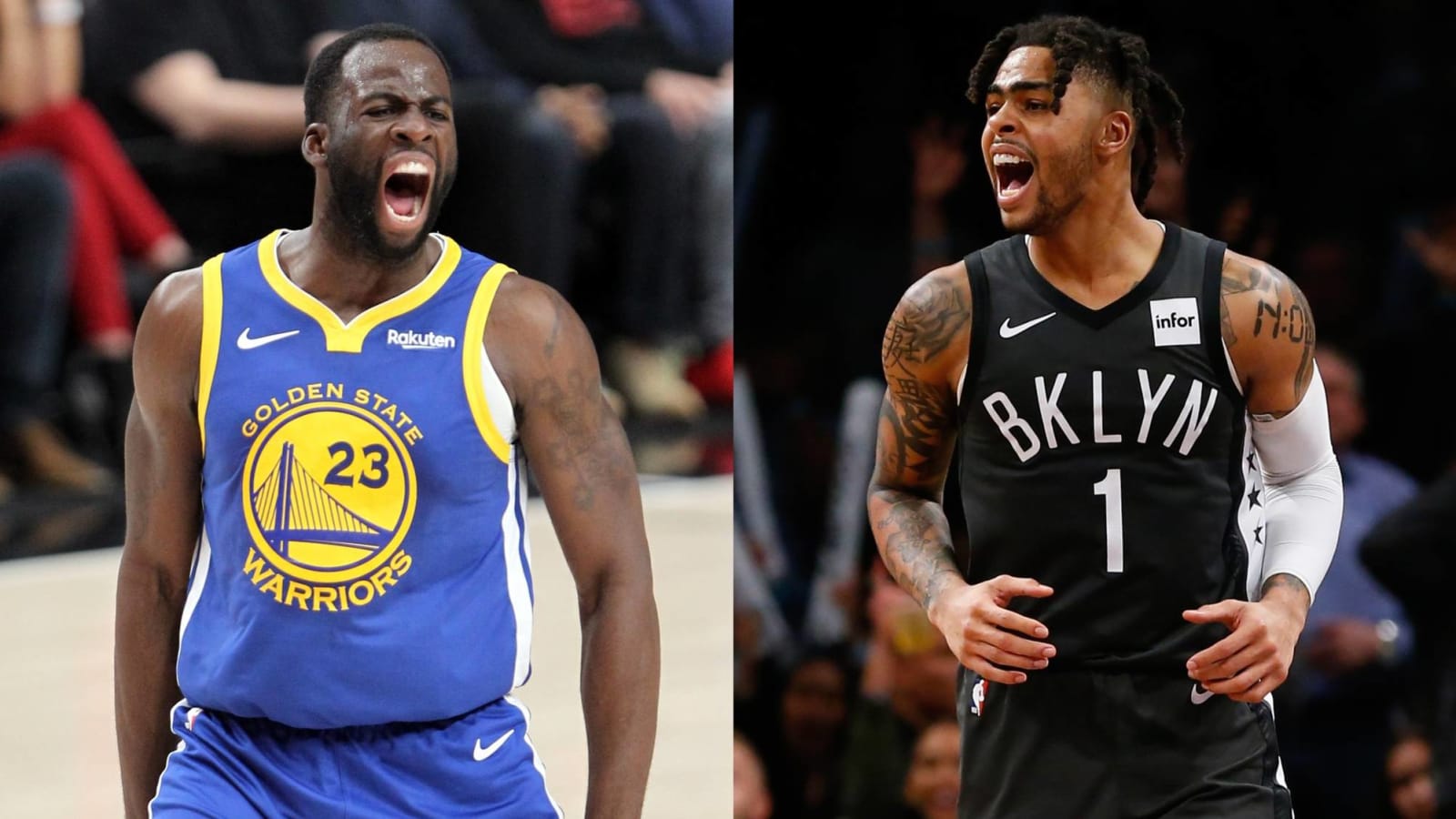
Disastrous or dynamic? Assessing critical NBA relationships
The NBA is a booming business. Franchises are worth billions. Star players receive endorsement deals bigger than their contracts. Some coaches make the GDP of a small country. Yet despite all this, basketball, like any business, is about people and relationships. How they are managed remains critical to the success of a venture. Here are five of the most important relationships as the 2019-20 season nears.
WARRIORS: D'Angelo Russell and Draymond Green
From the minute his arrival in the Bay Area was announced, questions abounded about how Russell would fit with the retooled Warriors. Count on Russell meshing with Steph Curry and later in the season with Klay Thompson when he returns from injury. The Warriors' backcourt stars are among the NBA's best-ever shooters, and a coach doesn’t need to be a magician with a white board to fit Russell alongside them.
Green, however, is a different story. During this dominant Golden State run, the forward has operated mostly as a de facto point guard. It’s a role that has mitigated Green’s shooting woes -- he’s a career 32.3- percent shooter from deep -- while allowing his play-making to shine. Unfortunately, the ideal solution for incorporating Russell into the team would overlap with ball-handling responsibilities Green, an All-Star and prominent figure in the team’s leadership hierarchy, has already assumed.
With Green at the controls, the Warriors' offense typically turns into a blur of screens, cuts and ball movement. In Brooklyn, Russell was a pick-and-roll specialist, operating almost exclusively out of that action. Per Synergy Sports data from last season, Russell had 920 possessions that included pick-and-rolls and 84 combined chances for himself off screens or cuts. That's quite an unbalanced approach.
In time, Russell may be able to incorporate himself into a flowing, off-ball role within the Warriors' offense. The faster he does that, the less of a conflict he’ll have with Green. But that type of transition is tough and may take an entire season, if not longer.
To keep its playoff streak (and title hopes) alive in the early season absence of Thompson, Golden State needs Russell to be a key contributor from the start. Unfortunately, catering to Russell may mitigate the impact of Green. And asking Russell to work around Green’s established role may diminish the production of Golden State’s key off-season signing. How this on-court relationship plays out might be the key to the Warriors' chances in a revamped Western Conference.
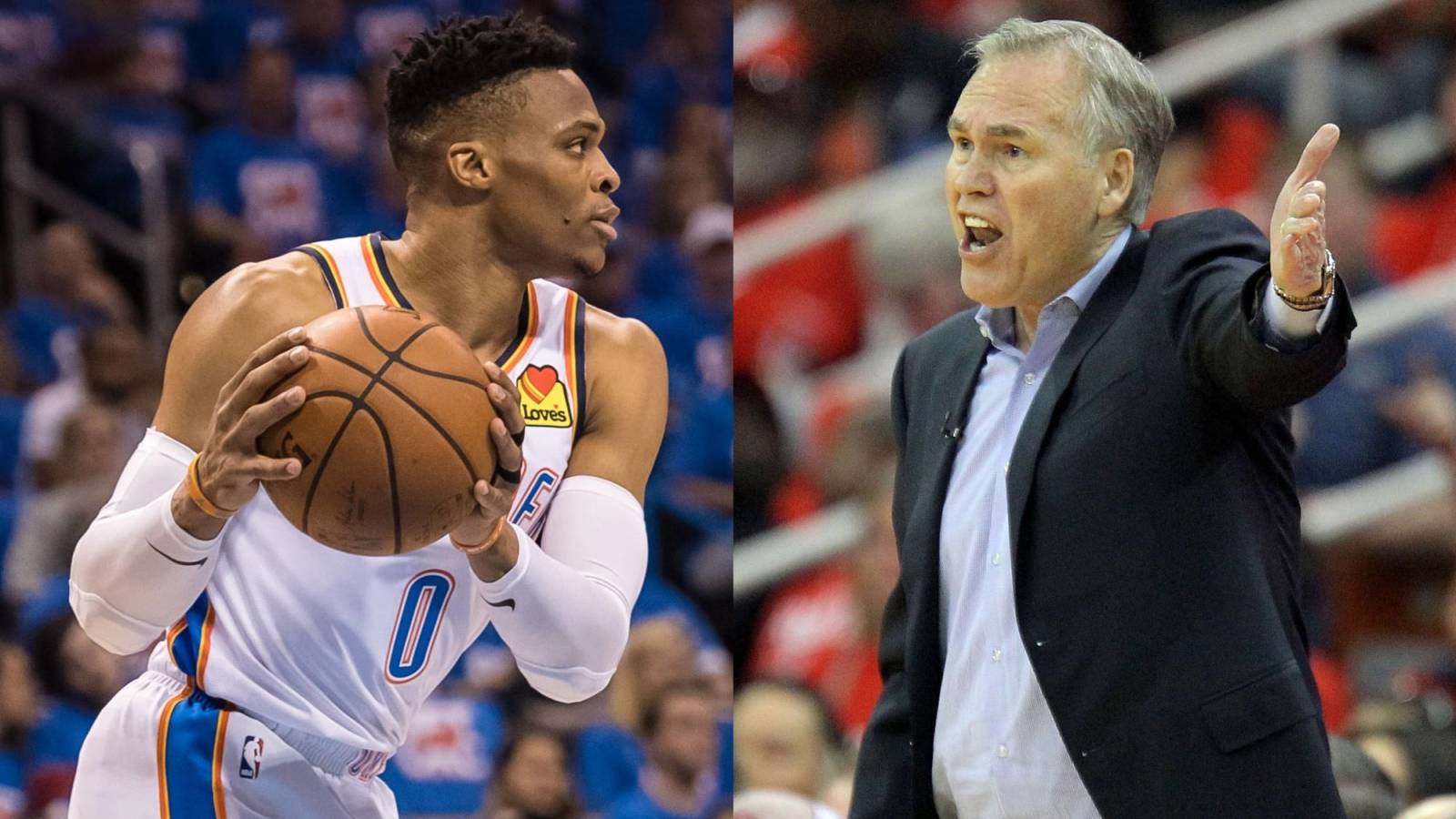
ROCKETS: Mike D’Antoni and Russell Westbrook
D’Antoni, entering his 15th season as an NBA coach, has never worked with a player like Westbrook. Doubts circulated about the coach's ability to mesh with James Harden when D'Antoni first arrived in Houston. There are even more doubts he can mesh with Westbrook. Despite his isolation-heavy style of play, Harden is a model of basketball efficiency, living on a diet of shots -- free throws, three-pointers and layups -- that D’Antoni has prized his entire career.
Westbrook, on the other hand, is the anti-efficiency poster boy. Last season, he attempted 354 shots from the mid-range, the sixth-highest total in the NBA. As a team, the Rockets attempted 391 such shots. Clearly something must give, and the pressure will fall on D’Antoni to manage that divide.
D’Antoni is not going to bench Westbrook because of his shot selection. His best hope is to come up with creative ways to use him offensively that encourages better shot selection. Should things get really tense between the two, the fact D’Antoni failed to secure a contract extension this summer may lead to an exit from the team before the season is over.
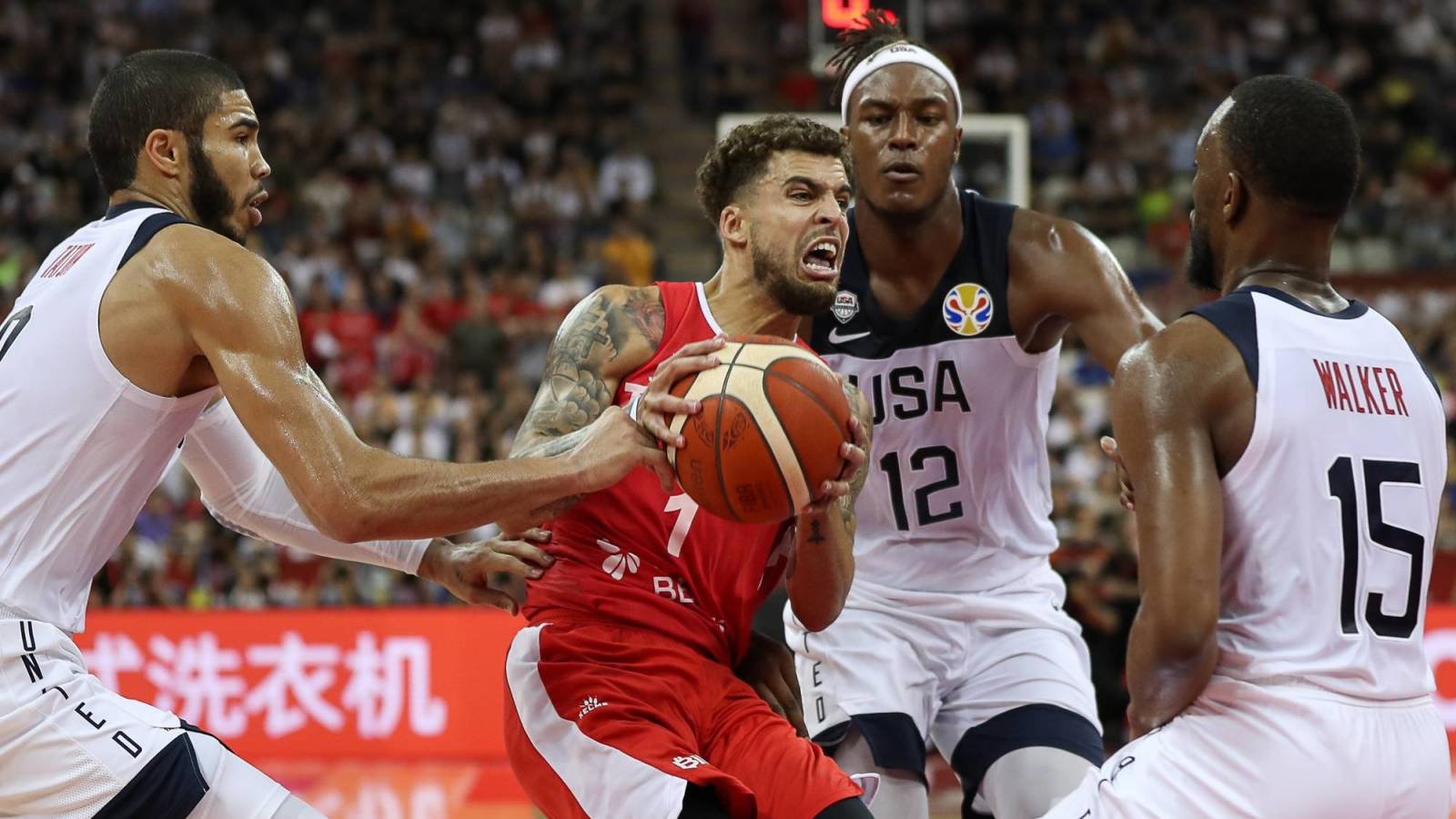
CELTICS: Kemba Walker and Jayson Tatum
After a tumultuous offseason, the Celtics have a new look. Gone are veterans Al Horford, Marcus Morris, Aron Baynes and, of course, Kyrie Irving -- the mercurial but ultra-talented point guard Boston was hoping would anchor its roster for the next half-decade. To replace an Irving-sized hole on a young and talented roster, the Celtics turned to Walker.
In many ways, this was just a like-for-like trade that played out in free agency. Irving and Walker are shoot-first point guards who toe the thin line between efficient and volume scoring. They are the type of lead guards who seem to be the antithesis of the ideal player Boston would want around the emerging Tatum. Yet despite concerns over clashing skill sets, the Celtics went ahead and brought Walker into the fold anyway.
Perhaps that decision was made easier by the fact that Irving and Tatum actually had a productive on-court relationship. Despite Irving’s penchant for dominating the ball and the team’s shots, Tatum’s production never suffered. Tatum’s free throw attempts, field goal percentages and assist totals were virtually the same whether or not Irving was on the court. The young forward even produced the same point total: 24.3 points per 48 minutes.
The fact that Tatum’s game seems malleable might have encouraged Boston to sign Walker. It also helps that Walker and Tatum jump-started their on-court relationship by playing together with USA Basketball. Despite the team’s disappointing run in the FIBA World Cup and Tatum’s ankle injury, that experience gave the duo a month together and valuable competitive minutes to adjust to each other’s playing styles.
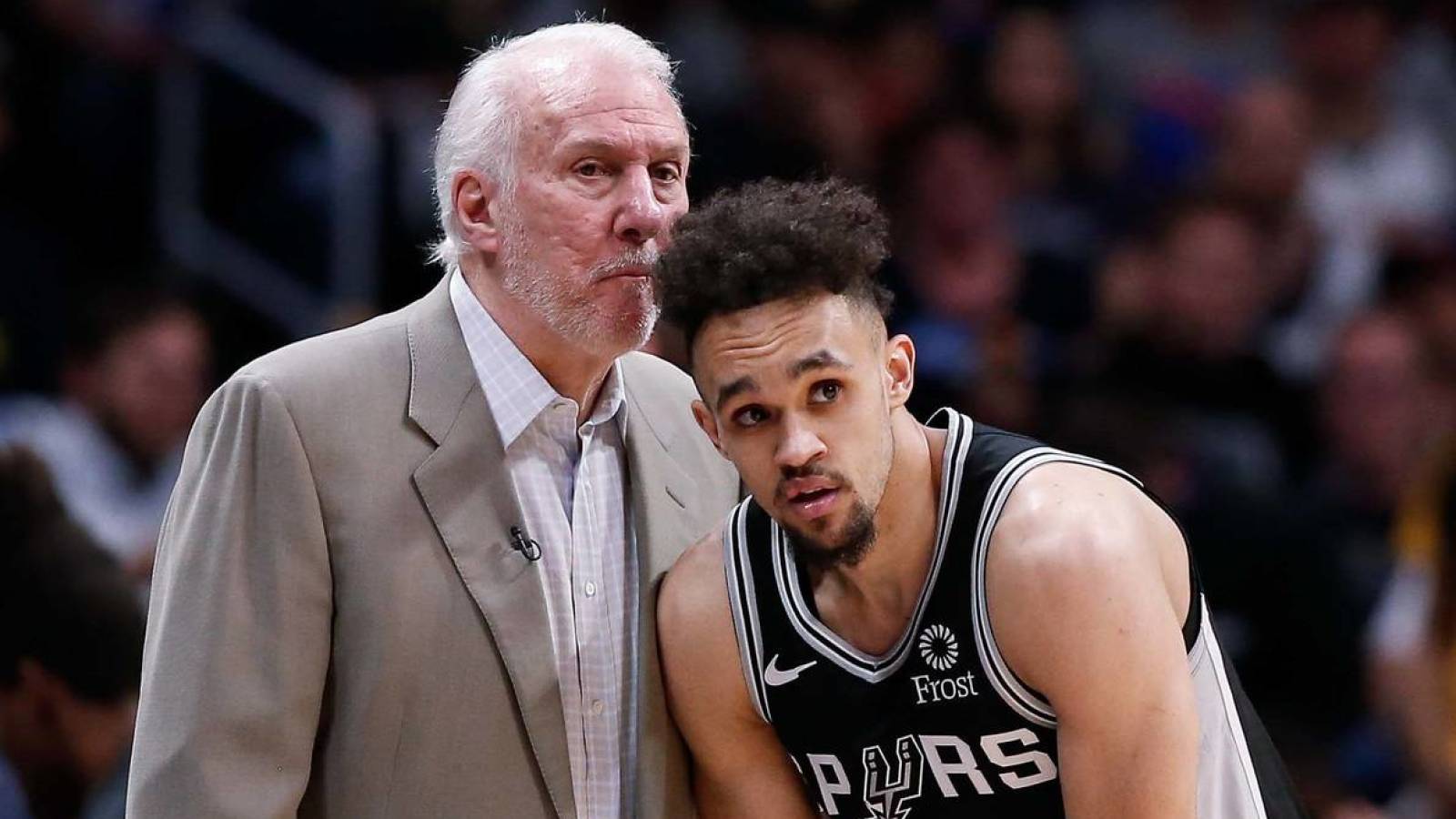
SPURS: Gregg Popovich and his rotation
Throughout Popovich’s tenure in San Antonio, the Spurs have been one of the league’s most forward-thinking teams. From the shooting of corner threes to a penchant for resting stars, Popovich has seemed more visionary than throwback. The lone exception is his rotation.
When it comes to how much and when players see the floor, Popovich has more in common with college and high school coaches. To Popovich, the old-school virtues like effort, execution and unselfish play remain paramount when it comes to playing time. And make no mistake about it, an emphasis on those things is a key driver of the famed Spurs culture that has produced so many successful seasons. But coaching by intangibles and feel is falling further behind the curve in today’s NBA.
As the NBA’s analytics movement evolves, the revelations it has uncovered have changed the way teams approach lineup management. More than ever, coaches structure their lineups each game around the specific times star players rest. The Philadelphia 76ers have even scripted their entire rotations. Thanks to analytics, we can tell if players prone to fluctuating effort levels, ill-timed mental miscues or streaks of selfishness can still have a positive impact on a team or specific lineup. Will Pop adapt?
What makes Popovich’s lineup management critical to San Antonio's success this season in particular is the makeup of the Spurs' roster. An old guard of LaMarcus Aldridge, DeMar DeRozan, Rudy Gay and DeMarre Carroll will battle for minutes with an exciting batch of young prospects headlined by Derrick White and Dejounte Murray. How Popovich handles that will be fascinating to watch.
If the young players make a huge impact, will Pop adjust their minutes to accommodate them? If DeRozan continues to post middling on/off splits, will that be reflected in his playing time? And most importantly, given not all these players have complementary games, will Popovich be able to structure his lineups in ways that allow players to have their weaknesses mitigated? How these questions are answered will likely determine the Spurs' fate this season.
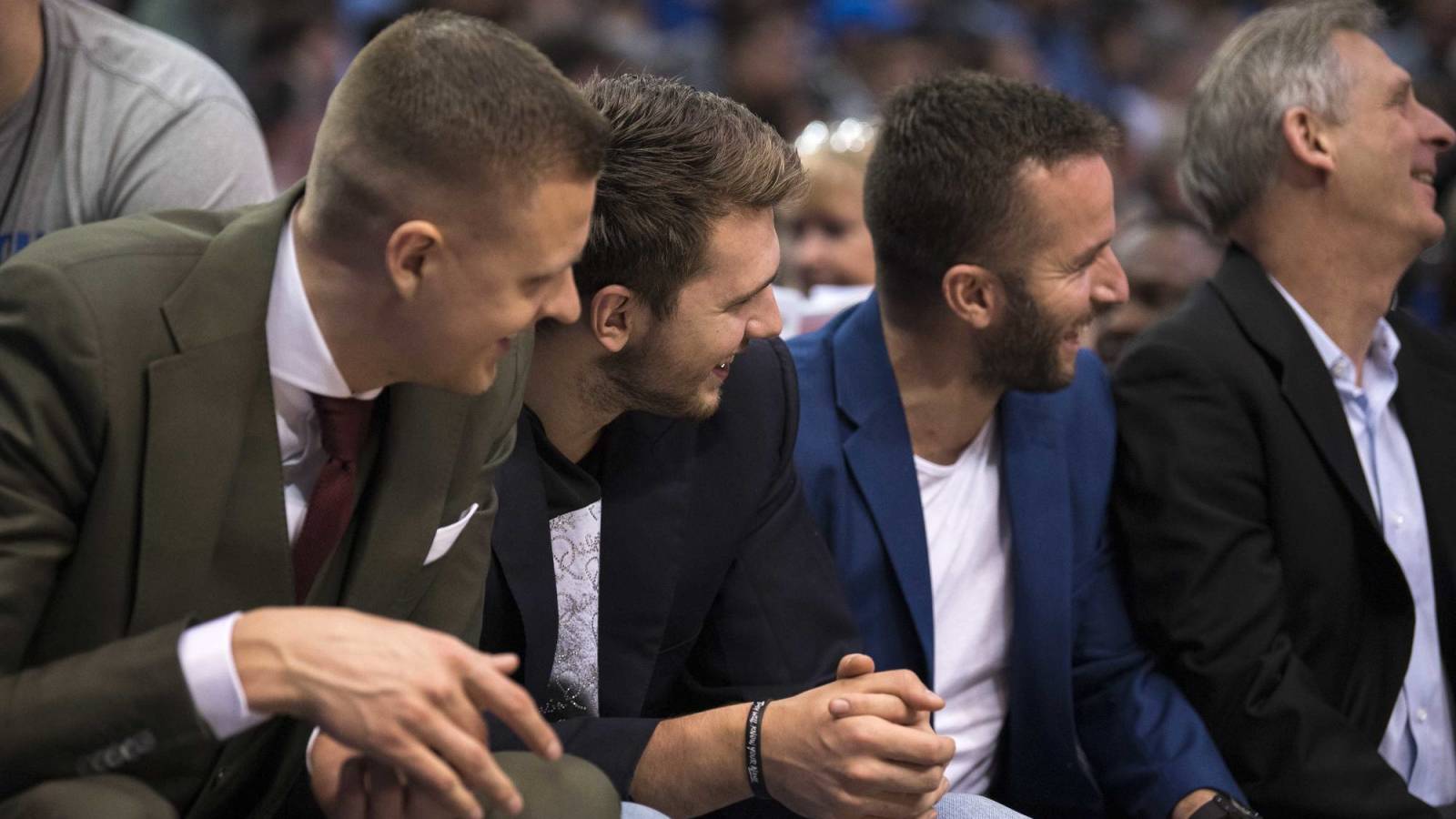
MAVERICKS: Luka Doncic and Kristaps Porzingis
In summer 2018, the Dallas Mavericks made a draft-day trade to secure the rights to Doncic. Then in February 2019, Dallas made another blockbuster deal to nab Porzingis. The signal couldn’t be more clear: The fate of the Mavericks hinges on a Porzingis-Doncic core.
Unfortunately, in the six months since the trade brought these two young talents under the same roof, we have yet to see them play together. It won’t be until October that fans will have their first chance to see what these two European youngsters can do as a tandem.
That must be a scary proposition for the Dallas front office. It’s not even just a question of how good Porzingis and Doncic eventually turn out (though the team would surely love to see them become world-beating stars). It’s what the Mavericks need around them to compete for titles that is a much more complicated issue. After all, even megastars need a supporting cast that complements their talents.
In 2011, the Mavericks won a title because they leveraged the perfect supporting cast around Dirk Nowitzki. Tyson Chandler protected him defensively. Jason Kidd moved the ball. Jason Terry and J.J. Barea helped shoulder the scoring load. Everyone else made shots.
Some star duos are better together than apart. Some need slashers around them. Others need defenders. Most need shooters. Which of these things is true for Doncic and Porzingis can only be assessed by them playing together.
More must-reads:
- Stargazing: A Basketball Hall of Fame crystal ball
- How twilights of LeBron, Kawhi could mirror games of Magic, Jordan
- The 'Most points in a playoff game by team' quiz
Breaking News
Customize Your Newsletter
 +
+
Get the latest news and rumors, customized to your favorite sports and teams. Emailed daily. Always free!

